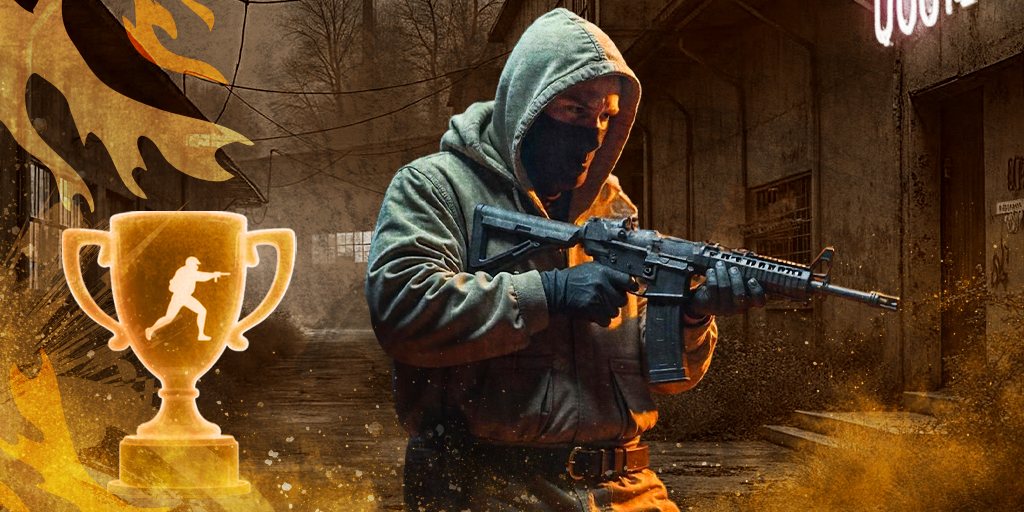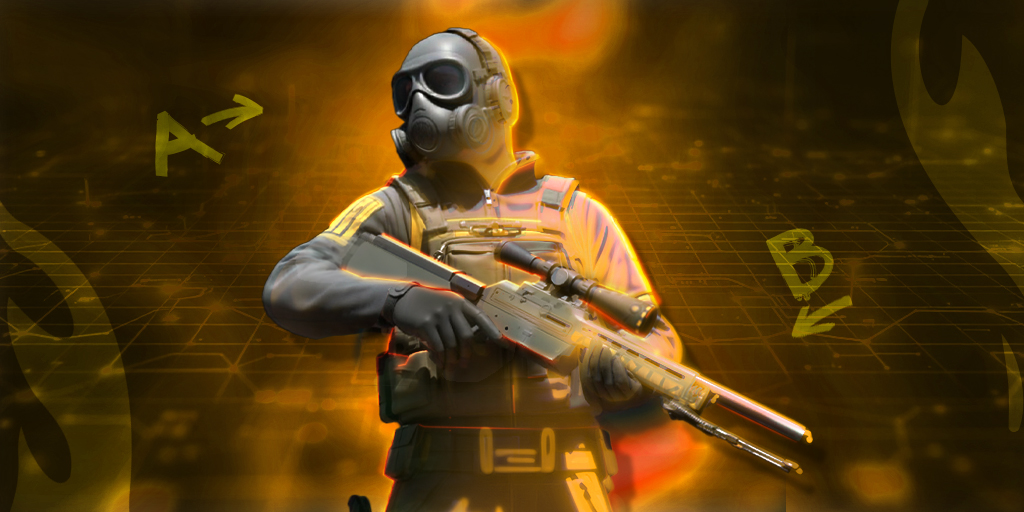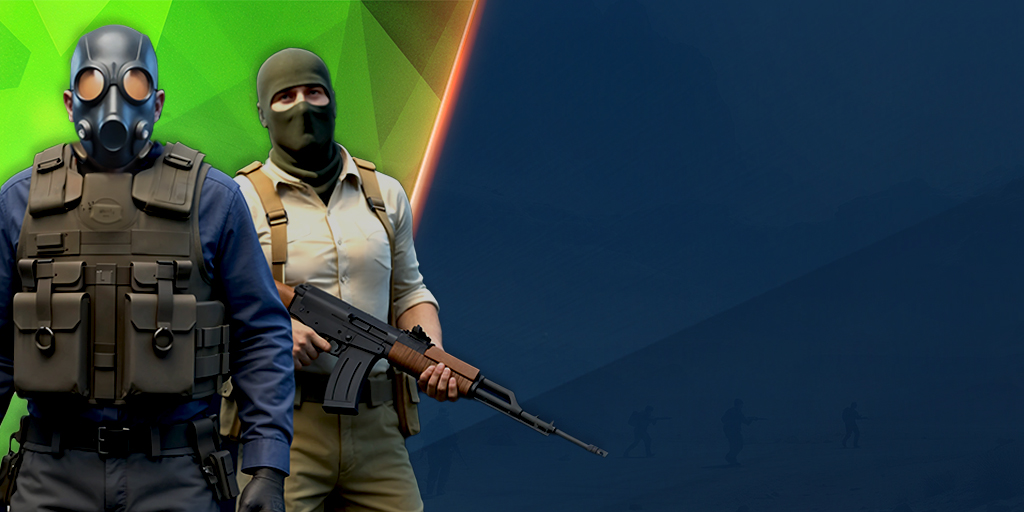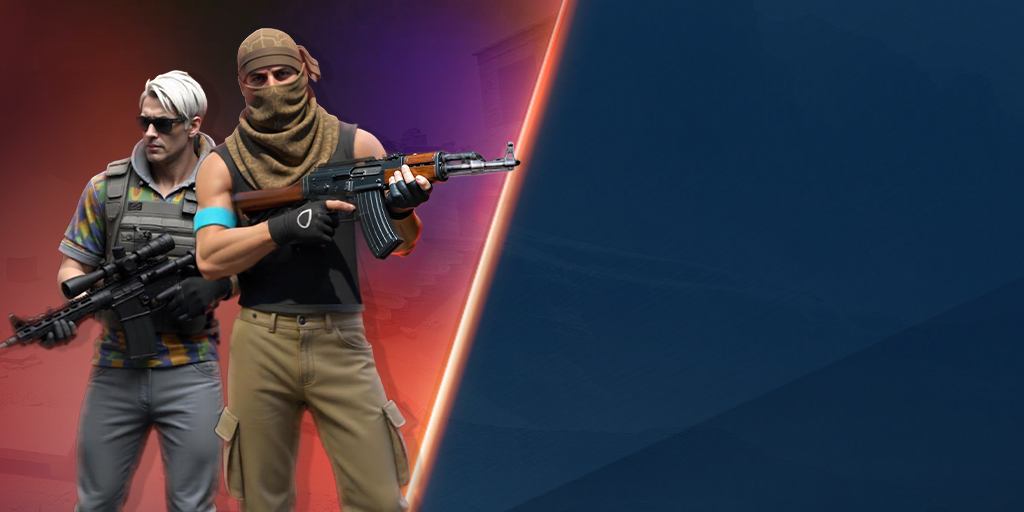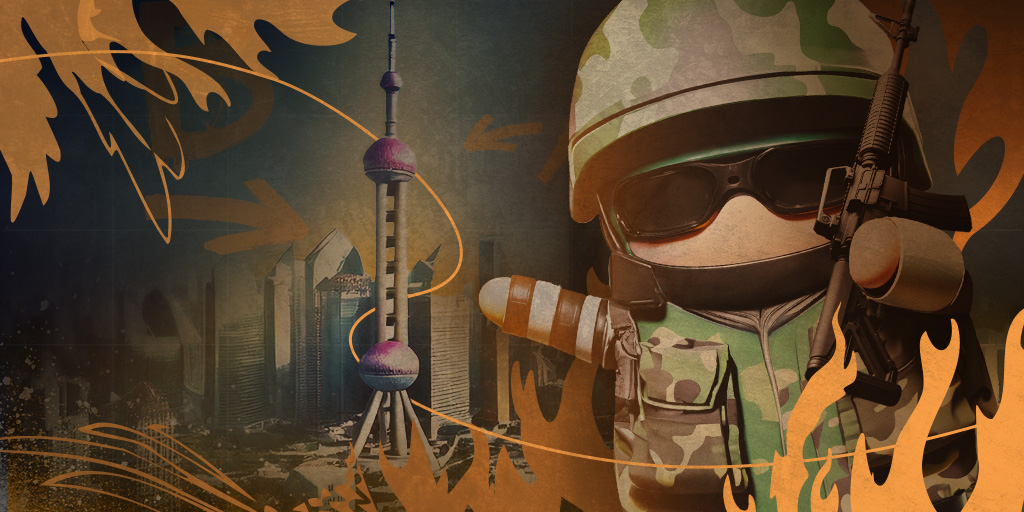Watching CS2 tournaments is relatively beginner-friendly compared to other esports titles. There are no characters with complex abilities, and the maps are mostly static, with few interactive elements. CS2 games are straightforward, featuring Terrorists (attackers) who play against Counter-Terrorists (defenders).
Victory is achieved either by eliminating the enemy team, planting and protecting the C4 bomb until it explodes for the Terrorists, or defending the bombsite by defusing the bomb for the Counter-Terrorists. The intense gunfights in CS2 provide an exciting experience for the audience.
Different tournament organizers (TOs)
Currently, the top-tier CS2 tournaments are primarily organized by ESL, BLAST and Valve (in conjunction with a tournament organizer). ESL's main tournaments include the Intel Extreme Masters (IEM), ESL Pro League (EPL), ESL Challenger League and ESL Impact League. IEM and EPL are the premier tournaments under ESL, consistently featuring top teams competing at the highest level.
BLAST hosts its own BLAST Premier tournaments, with participating teams primarily consisting of partner teams or affiliates of BLAST. The BLAST Premier tournaments are divided into Spring and Fall seasons, each featuring Group, Showdown and Final stages. The BLAST Premier World Final is an annual event that caps off the year.
Starting in 2025, Valve, the IP owner of CS2, will place restrictions on invitations and partnerships between pro teams and tournament organizers, affecting how tournaments are structured. In response, BLAST will introduce three new tournament types: Bounty, Open and Rivals.
With more tournament organizers joining the scene next year, including PGL leagues and the return of StarLadder, CS2 fans can look forward to a packed schedule of exciting tournaments nearly every weekend!
Common tournament formats
CS2 tournaments are generally split into online and LAN (in-person) events, with large-scale tournaments often organized into stages. Teams usually compete in an online stage first, aiming to secure a spot in the LAN stage. The tournaments in which most top teams participate are classified as S-Tier, according to Liquipedia's tier system. On HLTV, these tournaments are further categorized into Super-Elite, Elite, Big and Medium tiers. The different tiers reflect variations in prize pools, venues and tournament quality, so prominent teams typically focus on S-Tier (or Super-Elite and Elite) tournaments.
The most anticipated events each year are the Valve Majors, co-organized by Valve and a tournament organizer (TO). For example, in 2024, PGL hosted one Major and Perfect World will host the other. The Valve Majors are not only the highest-tier events of the year for pro teams but also bring substantial additional income.
During the Majors, Valve typically launches in-game events, such as Pick’em challenges, team and player sticker capsules, and Major souvenir packages. Revenue from these events is shared with participating teams and players, creating strong incentives for teams to secure a Major spot. This often results in highly competitive matches and frequent upsets.
Common series formats
In CS2, as in much of the Esports world, the most popular series formats are best-of-1 (bo1), best-of-3 (bo3) and best-of-5 (bo5). Following the switch from MR15 in CS:GO to MR12 in CS2, ESL and BLAST have also adjusted their tournament finals to a bo5 format.
- Read: What is MR12 in CS2?
Before each series begins, teams go through a drafting phase by banning and selecting maps to determine which ones will be played in the upcoming series. Currently, CS2 has a competitive map pool of seven maps. Using the most common format, bo3, as an example: each team bans one map first, then picks a map each (Map 1 and Map 2), followed by one more ban each. The remaining map becomes the final map (Map 3/decider) in the series.
Each map is divided into two halves, with each half consisting of 12 rounds. After the first half, teams will switch sides: one will play as Terrorists (T) and the other as Counter-Terrorists (CT). The first team to win 13 rounds wins the map. However, if the round score reaches 12:12, the map will go into overtime. Each overtime consists of six rounds, and the team that wins four rounds first wins the overtime. If no team claims four rounds in the first overtime, another set of six rounds will be played until one team wins four out of those rounds.
Common tactics used by professional teams
In CS2 tournaments, each team consists of five players, with each player taking on a different role within the team. These roles come with different responsibilities on both the Terrorist (T) and Counter-Terrorist (CT) sides. In the past, during the CS:GO era, the common roles within a team were In-game Leader (IGL), AWPer, Entry Fragger, Support and Lurker. However, as pro teams’ tactics continue to evolve, players' roles are often adjusted based on the team’s lineup and strategy. For example, some IGLs will lead the charge on the T side, and while engaging the enemy, may act as the Entry Fragger, allowing their teammates to clean up and gain more opportunities for kills.
- Read: Roles in CS2
On average, CS2 maps are designed with two main roads (A/B main) connecting the Terrorist (T) side to the bomb sites, along with a central road (mid) that connects both sides. The common tactic for the T side is a 1-3-1 composition in the default setup, where the team observes, checks the opponent's positions and uses utilities to control the map. With this tactic, the two players on each side are often considered Lurkers, while the three players in the middle form the attacking squad, with the goal of taking control of the mid.
Once mid control is achieved, the In-game Leader (IGL) will decide which bomb site to attack based on information and feedback from the side Lurkers. The corresponding side Lurker will then join the attacking squad and take on a specific role during the entry, such as acting as an Entry Fragger or providing support. The other side Lurker will rotate to the mid to cover the back of the attacking squad, ensuring they are not flanked by the enemy.
In contrast, common CT side tactics vary depending on the opponent's economy. However, in general, teams will assign one Anchor to each bomb site. The Anchor's primary mission is to protect their designated bomb site and they typically do not rotate easily. They will use utilities to support their teammates. In addition to the Anchor, there will be one or two more players at each bomb site.
These players are tasked with playing a more aggressive role around the bomb site, such as on Mirage's B short or Inferno's Banana, compared to the Anchor. Between the two bomb sites, there is typically a Rotator, who serves as the main support for either bomb site under attack. The Rotator usually positions themselves around the mid to facilitate easy rotations.
The AWPer role is somewhat awkward in the CS2 professional scene, as the influence of the AWPer on the T side is not as prominent as it was in CS:GO. However, the AWP is still a significant weapon for gaining map control on the CT side. The AWPer’s position on the map can vary, and the Rotator adjusts their position accordingly. For example, when the AWPer rotates from site A to site B, the Rotator will fill the vacancy on site A. Therefore, the CT side team typically operates with a 2-1-2 composition.
Regardless of which side a team is on, players will constantly adjust their positions and tactics based on the information they gather. In top-tier matches, success is not solely determined by individual skills in gunfights, but rather by players' decision-making and the team's pre-game research.
These are some basic concepts to know before you start watching and betting on CS2 tournaments. Stay tuned for our next beginner’s guide, which will focus on the economy system and utilities.

